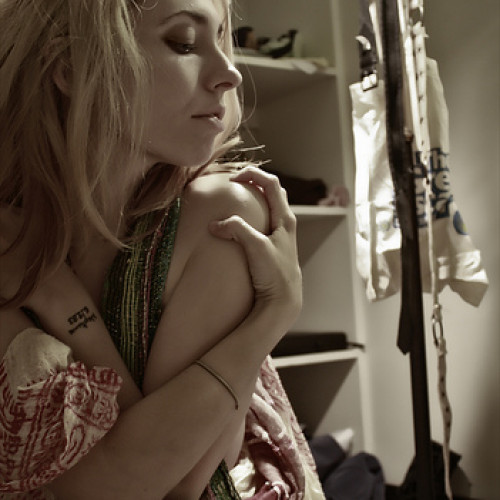As the years unfurled, the cadence of intimacy changed. The 1960s and ‘70s brought revolution, not just in culture but in affection. Cuddle mood became freer, less confined by society’s gaze. The Beatles sang “All You Need Is Love,” and the world believed it, if only for a moment. Studies from the time show a 30% rise in couples expressing affection in public, a testament to the liberation music inspired. Touch became a declaration, a rebellion against isolation.
By the 1980s and ‘90s, cuddle mood danced to a new beat. Pop ballads and R&B anthems flooded the airwaves, with Whitney Houston’s “I Will Always Love You” and Boyz II Men’s “End of the Road” echoing through shared spaces. Couples now found intimacy in quiet moments, headphones splitting melodies between them. Research during this time highlighted a fascinating shift: couples who shared music together reported 40% higher relationship satisfaction, proof of music’s power to deepen bonds.
The digital age brought with it a new soundtrack for love. Spotify playlists became modern-day mixtapes, carefully curated to express what words could not. Yet, the cuddle mood began to face new challenges. Technology connected us across distances but often left us isolated in the immediacy of touch. Studies reveal a troubling reality: nearly 50% of people in long-term relationships report feeling disconnected despite constant communication. The melodies of love became more complex, layered with both harmony and discord.
Even now, as the world changes, cuddle mood endures. It is there in the clasp of hands during a concert, the shared hum of a favorite song, the quiet embrace after a long day. Music and touch remain intertwined, each amplifying the other. They remind us that love is not merely spoken; it is felt, in the vibrations of a melody and the warmth of an embrace.

Comments